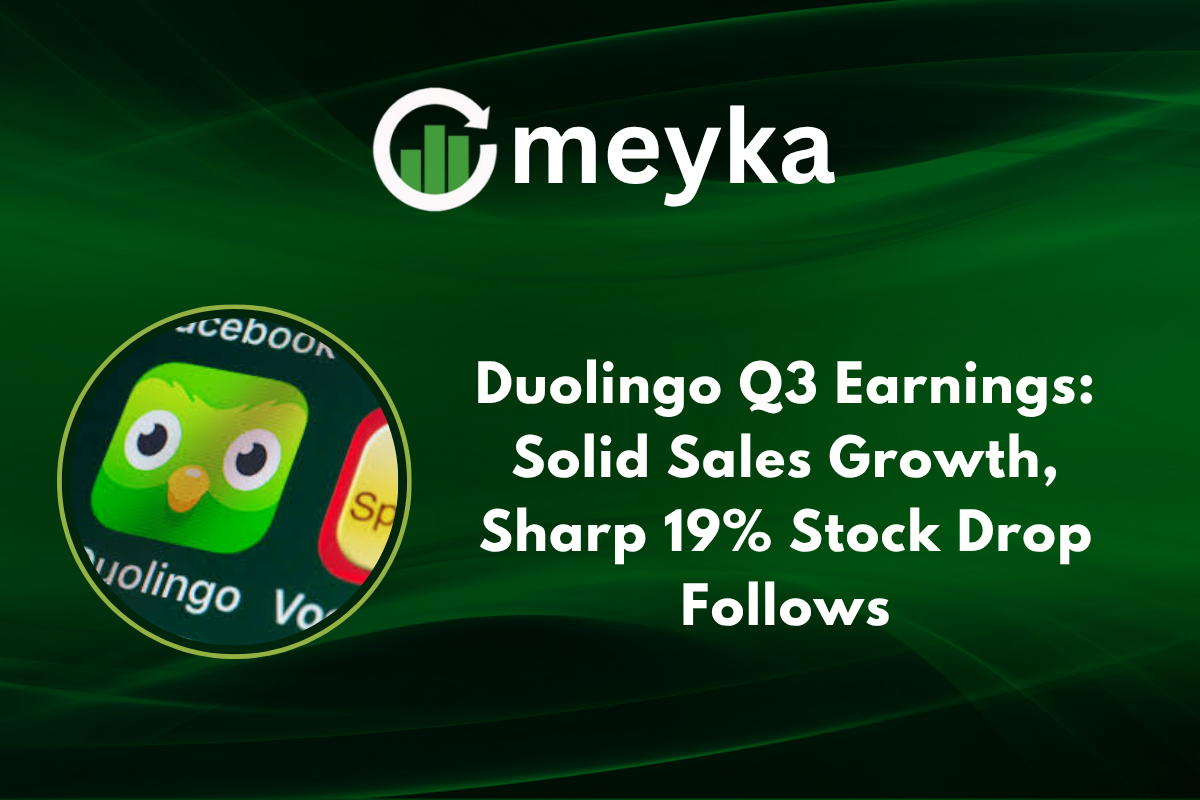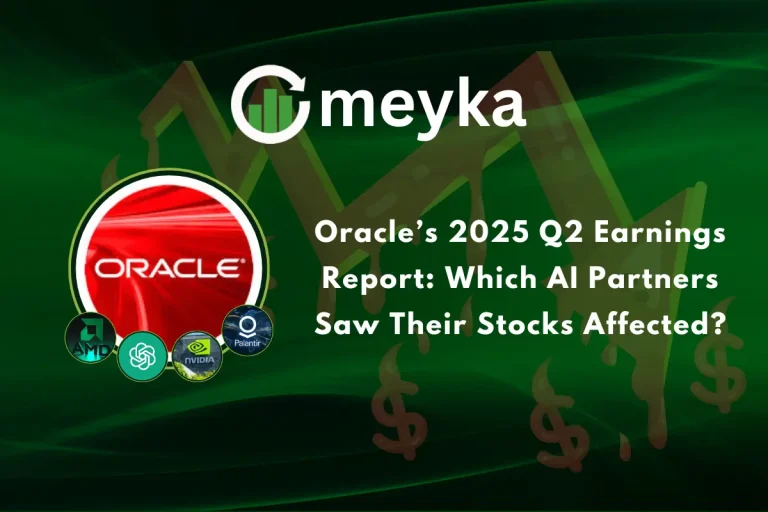Duolingo Q3 Earnings: Solid Sales Growth, Sharp 19% Stock Drop Follows
Duolingo Q3 surprised the market with strong top-line momentum, yet the stock fell hard after management set cautious near-term expectations. Investors chewed through a mix of good user and revenue numbers, and a guidance note that left traders worried. The result was a sudden, sharp move in the share price, and a lively debate about growth versus profitability for the language learning app.
Duolingo Q3: What the company reported
Duolingo reported solid sales growth in the quarter. The company beat analyst views on revenue and posted an adjusted profit surprise, showing that the app still draws paying users. Daily engagement and subscribers remain key metrics for the business model, and Duolingo continues to grow those numbers. Yahoo Finance described the quarter as mixed, with revenues and adjusted earnings beating expectations, while some forward-looking figures caused concern.
Key figures at a glance
- Revenue and profits: The company posted revenue that exceeded expectations, and adjusted earnings were higher than many expected. These items were the bright spots of the release.
- User base and engagement: Duolingo’s active user counts and subscription growth were highlighted by management as positive signs for recurring revenue.
Duolingo Q3: Why did the stock fall after strong results?
Why did Duolingo’s stock fall after strong results? The short answer is expectations about the future, not just the present. Investors often buy on forward guidance, not only on a single quarter. In this case, management commentary and guidance around near-term bookings or growth metrics read as less optimistic than some traders had hoped. That shifted the tone, and the stock moved sharply lower in reaction.
Market psychology mattered. When a company beats current quarter numbers, investors next scan for whether the company can sustain the pace. If guidance feels cautious, traders often trade first and ask questions later. That dynamic helps explain a steep move lower even after a beat.
Market and investor reactions
Investor confidence dipped after the call. Headlines and social posts flagged the disconnect between a beat on the numbers and a weak outlook. Analysts moved quickly, with at least one firm revising views on near term growth and active user trends.
Commentators pointed to a crowd that has become more sensitive to guidance, and less tolerant of small shortfalls in forward metrics.
Social media amplified the move, with traders and influencers posting hot takes and short term charts. Management replied with follow up interviews that sought to calm investors and restate long range strategy, including investments in personalization and AI driven learning features. The CEO appeared on network segments to defend the firm’s path forward.
Broader context, tech stocks and education apps
Duolingo sits at the intersection of consumer tech, education, and app subscriptions. That makes it a proxy for tech stocks performance and for investor appetite in AI in education. As the market rotates from growth to quality, smaller misses or cautious guidance can trigger outsized moves.
The sector is also watching adoption of AI features, and whether they translate to higher user engagement and better lifetime value. AI Stock Research shows investors are hunting for firms that can pair AI with recurring revenue. Mentioning AI Stock Research helps frame how the market values Duolingo’s roadmap.
What analysts and experts are saying
Analyst comments were mixed, and the tone depended on the time horizon. Short-term traders sold first, while some longer-term analysts leaned on the company’s strong engagement metrics.
One note to investors was simple: strong current results are necessary, but not sufficient. Investors want clear paths to sustainable margins and predictable bookings. That view helped fuel downgrades and cautious takes right after the call.
Financial voices also emphasized the role of execution on new product features. If Duolingo can convert higher engagement from AI-driven lessons into subscriptions, the valuation gap could close. That is where AI Stock Analysis becomes relevant for stock watchers who focus on product monetization, not only headline metrics.
Integration of social media and a primary video response
After the report, Duolingo’s CEO joined media segments to explain the quarter and to defend the company’s AI investments. The video interview provided additional color on user trends and future spend, and was used by many outlets to clarify guidance language.
That interview helped some investors dial back knee jerk reactions, while other traders held tight to their short term positions. The Yahoo Finance live coverage and post earnings video captured this back and forth in real time.
If you want quick access to on-the-record comments, look for the Duolingo CEO video on Yahoo Finance, which shows management addressing the market. The clip is a useful companion to the official earnings release.
Valuation, risks and the AI angle
Duolingo is both a language learning app and an AI-enabled product maker. That second point is key. Investors now ask whether AI features will drive durable subscription revenue. The phrase AI Stock matters here, as the market groups companies that invest in AI and show measurable monetization.
For Duolingo, the test will be converting product engagement into higher lifetime value per user, while keeping marketing spend in check.
Conclusion, investor takeaway and what to watch next
Duolingo Q3 shows the company can grow sales, and it shows management is investing in the product. The sharp 19 percent drop in the stock reflects concern over forward guidance and short term bookings, not only current results.
For investors, the clearest watch items are subscription growth, daily active users, and guidance on bookings for the coming quarter. Also watch the company’s rollout of AI driven features for signs of stronger monetization.
Here is what investors should watch next from Duolingo Q4: subscription momentum, retention after AI feature launches, and any update to guidance language on bookings. Keep a close eye on follow up remarks from management, and be ready for volatility given how quickly the market reacted to guidance this quarter.
Disclaimer
This content is made for learning only. It is not meant to give financial advice. Always check the facts yourself. Financial decisions need detailed research.






